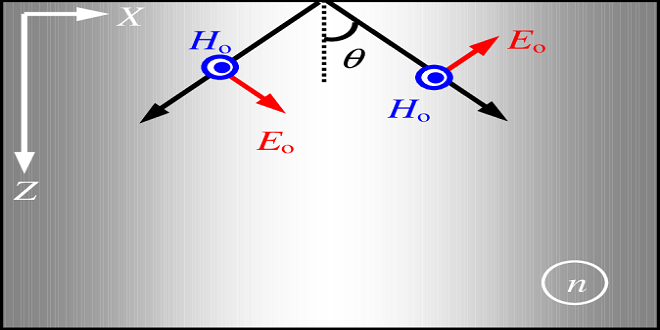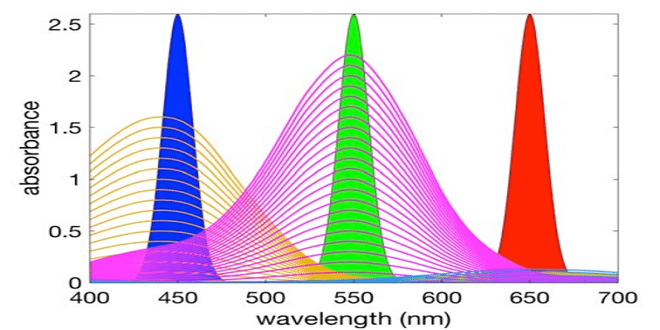Physics of Light and Optics

Preface
This curriculum was originally developed for a fourth-year undergraduate optics course in the Department of Physics and Astronomy at Brigham Young University. Topics are addressed from a physics perspective and include the propagation of light in matter, reflection and transmission at boundaries, polarization effects, dispersion, coherence, ray optics and imaging, diffraction, and the quantum nature of light.
Students using this book should be familiar with differentiation, integration, and standard trigonometric and algebraic manipulation. A brief review of complex numbers, vector calculus, and Fourier transforms is provided in, but it is helpful if students already have some experience with these concepts.
While the authors retain the copyright, we have made this book available free of charge at optics.byu.edu. This is our contribution toward a future world with free textbooks! The web site also provides a link to purchase bound copies of the book for the cost of printing. A collection of electronic material related to the text is available at the same site, including videos of students performing the lab assignments found in the book. The development of optics has a rich history.
We have included historical sketches for a selection of the pioneers in the field to help students appreciate some of this historical context. These sketches are not intended to be authoritative; the information for most individuals has been gleaned primarily from Wikipedia. The authors may be contacted at [email protected]. We enjoy hearing reports from those using the book and welcome constructive feedback. We occasionally revise the text.
The title page indicates the date of the last revision. We would like to thank all those who have helped improve this material. We especially thank John Colton, Bret Hess, and Harold Stokes for their careful review and extensive suggestions. This curriculum benefitted from a CCLI grant from the National Science Foundation Division of Undergraduate Education (DUE9952773
Contents
Before moving on to chapter 1 where our study of optics begins, it would be good to look over this chapter to make sure you are comfortable with the mathematical tools we’ll be using. The vector calculus information in section 0.1 is used straight away in so you should review it now. In Section 0.2 we review complex numbers. You have probably had some exposure to complex numbers, but if you are like many students, you haven’t yet fully appreciated their usefulness. Your life will be much easier if you understand the material in section 0.2 by heart. Complex notation is pervasive throughout the book, beginning.
You may safely procrastinate reviewing Sections 0.3 and 0.4 until they come up in the book. The linear algebra refresher in Section 0.3 is useful for where we analyze multilayer coatings, and again in Chapter 6, where we discuss polarization. Section 0.4 provides an introduction to Fourier theory. Fourier transforms are used extensively in optics, and you should study Section 0.4 carefully before tackling.
Note that the cross product results in a vector, whereas the dot product mentioned above results in a scalar (i.e. a number with appropriate units).
Last word
The resultant cross-product vector is always perpendicular to the two vectors that are cross multiplied. If the fingers on your right hand curl from the first vector towards the second, your thumb will point in the direction of the result. The magnitude of the result equals the product of the magnitudes of the constituent vectors times the size of the angle between them.





